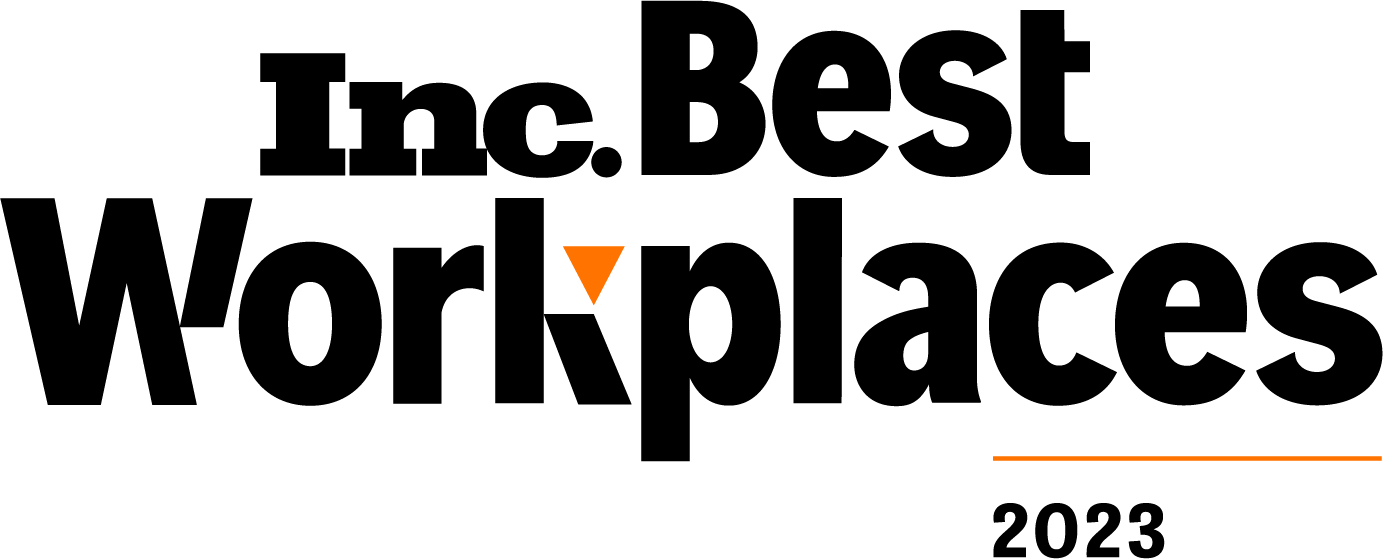
Benefits Optimization in Healthcare: Application and Timeline
Healthcare organizations today are under pressure to deliver quality care while managing costs. Benefits optimization in healthcare is one strategy that can help achieve these goals. By evaluating and optimizing product benefits, organizations can provide their members with favorable core and supplemental benefits based on market trends while also managing costs.
One of the key drivers of increased enrollment for healthcare organizations is the benefits optimization cycle. The application of benefits optimization in healthcare can lead to significant increases in enrollment, improvements in operational efficiency and financial improvements over time.
In this blog post, we’ll explore the concept of benefits optimization in healthcare, including its definition, examples of its applications and the timeline for its implementation. Understanding the benefits optimization cycle can help you make informed decisions about your product benefits.
What Is Benefits Optimization in Healthcare?
Benefits optimization refers to the process of maximizing the value of plan benefits an organization offers to their members. It aims to strike the balance between offering competitive benefits while keeping costs manageable.
Through data analysis, healthcare companies can identify areas where they can reduce costs while still providing valuable benefits by examining an organization’s enrollment and benefit utilization data. For example, an organization can identify trends based on what plans are receiving greater enrollment or which benefits are the most utilized by plan. Additionally, healthcare consulting firms can help organizations assess and optimize their product benefits to ensure they align with their short and long-term business goals.
Overall, benefits optimization in healthcare is all about finding the right balance between member need, member satisfaction, and cost control. By leveraging data analysis and expert guidance from healthcare consulting firms, organizations can ensure they’re providing competitive benefits while keeping costs manageable.
Examples of Benefits Optimization Applications

Benefits optimization is a vital aspect of healthcare management that can help organizations maximize the value of their product benefits while reducing costs. Here are a few examples of how healthcare providers can apply benefits optimization:
1. Cost Analysis and Benchmarking
Organizations can use cost analysis and benchmarking techniques to identify areas of high healthcare spending and compare their product benefits to industry standards. This helps them understand where their healthcare dollars are being spent and identify opportunities to reduce costs while still providing high-quality benefits to members.
2. Plan Design and Strategy
Benefits optimization also applies to plan design and strategy. By analyzing healthcare data and member utilization patterns, organizations can tailor their benefits programs to meet the specific needs of their enrollees. This can include offering more flexible benefits options, such as telemedicine or wellness programs, to encourage healthier lifestyles and reduce healthcare costs.
3. Vendor Management
Optimizing vendor management is another way to reduce healthcare costs while still providing high-quality benefits. By negotiating better contracts with vendors, organizations can save money on healthcare expenses and offer more comprehensive benefits to their members.
4. Compliance and Reporting
Compliance and reporting are critical components of benefits optimization in healthcare. Organizations must comply with state and federal regulations and report accurate data to regulatory agencies. Benefits optimization consultants can help organizations navigate these requirements and ensure they comply with all applicable regulations.
Overall, benefits optimization can provide significant benefits to healthcare organizations. By analyzing data, tailoring benefits programs to member needs and negotiating better vendor contracts, organizations can save money while still offering high-quality benefits to their members.
What is the Benefits Optimization Cycle?
The healthcare benefits optimization cycle is a systematic approach to improving healthcare benefits programs, encompassing various stages from assessment to measurement. By following this cycle, healthcare organizations can effectively analyze, strategize and optimize their benefits offerings.
Let’s explore each stage of the benefits optimization cycle and understand how it aligns with the Centers for Medicare and Medicaid Services (CMS) deadlines.
Assessment
The first step in the cycle is conducting a comprehensive assessment of current and emerging market benefits. This involves analyzing data on healthcare costs, member utilization patterns and satisfaction levels. Leveraging publically available data, one can quickly and efficiently have a strong grasp of the current marketplace. By understanding the existing program’s strengths and weaknesses, organizations can identify areas for improvement.
Strategic Planning
Based on the assessment, organizations develop a strategic plan to design new plan benefits or modify existing ones. This includes setting clear goals, defining strategies to achieve those goals and outlining the necessary steps for implementation.
Also, organizations might develop new products, expand their provider network or implement new healthcare technologies. Strategic planning also involves considering CMS deadlines, such as the Initial Enrollment Period, Annual Enrollment Period, Open Enrollment Period and Special Enrollment Period.
Implementation
In the implementation stage, healthcare organizations roll out their new or modified benefits programs to members. This step may include communicating with members to explain changes to their benefits packages, training healthcare providers on new processes or technologies or implementing new member engagement programs. Timely execution is crucial to meet CMS deadlines and ensure a seamless transition for members.
Measurement
The final stage of the benefits optimization cycle is measuring the outcomes and effectiveness of the implemented strategies. Organizations track key metrics such as cost savings, member satisfaction and healthcare utilization to assess the success of the optimized benefits program. This data-driven evaluation enables continuous improvement and helps organizations refine their strategies for future optimization cycles.
By following this cycle, healthcare organizations can optimize their benefits programs to increase enrollment, operational efficiency and financial performance.
The Benefits Optimization Cycle Timeline
The benefits optimization cycle timeline can vary depending on the healthcare organization and the specific benefits program the organization is optimizing. However, most benefits optimization cycles follow some general timelines:
- Assessment: The assessment stage of the cycle typically takes place at the beginning of the year and typically takes one to two months to complete.
- Strategic planning: The design stage typically follows the assessment stage and may take anywhere from two to four months to complete.
- Implementation: The implementation stage typically takes place in the latter half of the year and generally takes one to three months to complete.
- Measurement: The measurement stage typically takes place at the end of the year and can take one to two months to complete.
Here’s an example of the CMS application and bid submission timeline to understand how it aligns with the benefits optimization cycle:
- November to February (Q4 to Q1): During this period, organizations submit a notice of intent to apply and complete the CMS application by mid-February.
- March (Q1): The bid kickoff takes place, initiating the bidding process.
- End of March (Q1): The first draft of benefits is completed, outlining the proposed benefits, coverage options, and associated costs.
- April (Q2): Value-Based Insurance Design applications and the second draft of benefits are due.
- Before May (Q2): The third draft of benefits is finalized.
- May (Q2): The final proposed benefit review and assumptions finalization takes place.
- June (Q2): The bid submission deadline arrives, and organizations submit their finalized bid packages to the CMS.
By aligning the benefits optimization cycle with the CMS application and bid submission timeline, healthcare organizations can ensure a comprehensive and compliant approach to optimizing their benefits programs in order to achieve strategic institutional goals.
Remember, the specific timeline may vary based on organizational needs, CMS requirements and other factors. However, following a structured timeline is key to achieving successful benefit optimizations in healthcare.
Maximize Your Healthcare Benefits With ProspHire

Benefits optimization in healthcare can help organizations maximize their benefits, reduce costs and increase member satisfaction. By following the benefits optimization cycle, organizations can continuously evaluate their product benefits, identify opportunities for improvement and implement changes to achieve their desired outcomes.
ProspHire offers expert benefits optimization services to help organizations navigate the complexities of healthcare benefits and achieve their goals. If you’re interested in learning more about how ProspHire can help your organization optimize its benefits, fill out our contact form today.
Let’s have a conversation
ProspHire
216 Blvd of the Allies, Sixth Floor
Pittsburgh, PA 15222
412.391.1100
[email protected]
Quick Links
© 2024 ProspHire, LLC. All Rights Reserved / Terms of Use / Privacy Policy









